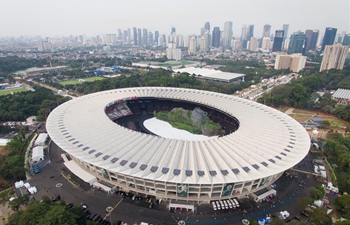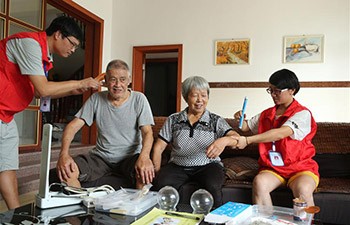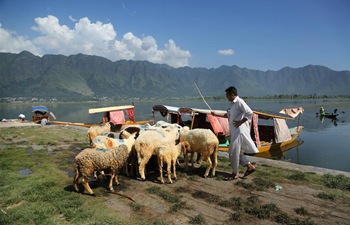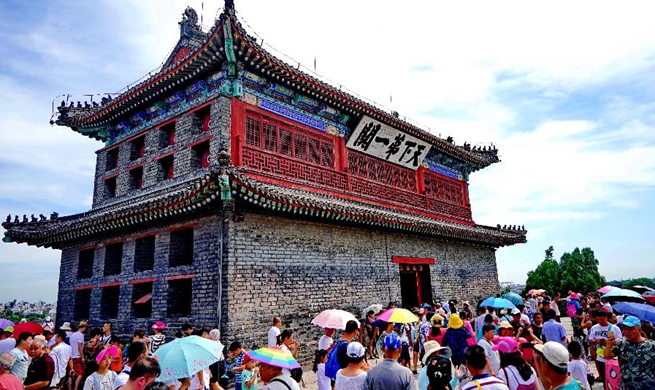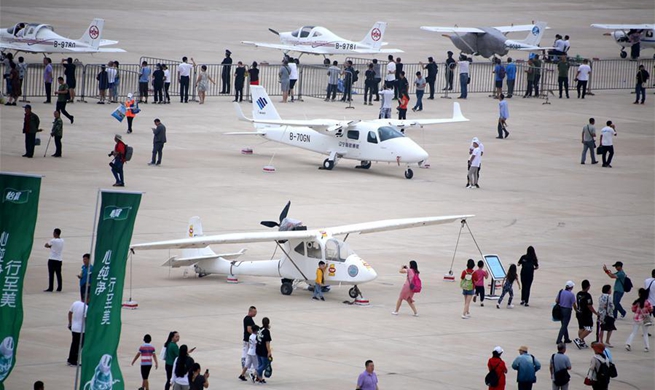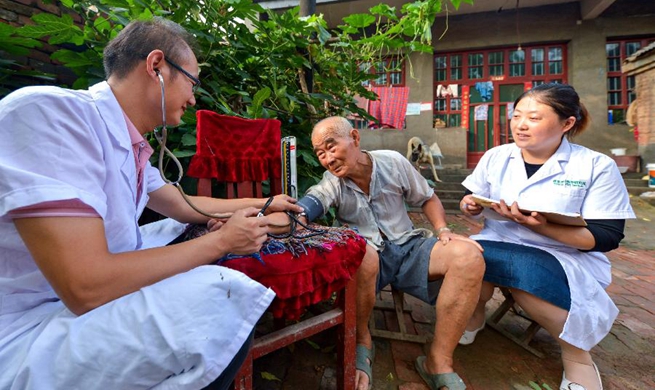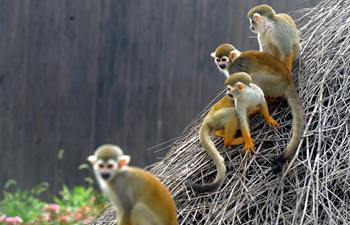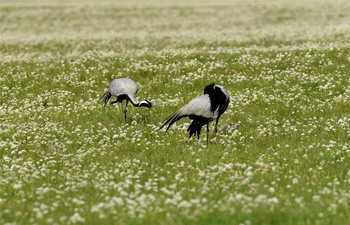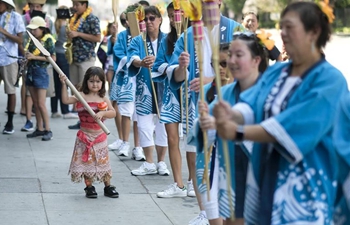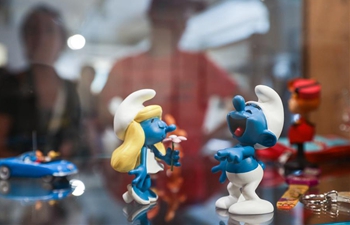KUNMING, Aug. 18 (Xinhua) -- For every 10 flowers sold on Friday, Chinese Valentine's Day, at least seven are from Dounan, a suburb in the provincial capital Kunming in southwest China's Yunnan Province, with prices determined by a live auction.
From three p.m. until late at night, the 900-seat trading hall is filled as the auction concerning cut flowers begins in the Kunming International Flora Auction Trading Center (KIFA) in Dounan, one of the largest of its kind in Asia.
Florist Yuan Fuwang keeps a close eye on the trading screen where deals are made between flickers of numbers. Dealers either sigh or shout over the prices, waiting anxiously to sell their carefully planted beauties.
"I couldn't be more concentrated. A deal is made every four seconds," Yuan said.
For Chinese Valentine's Day, about 48 million flowers worth more than 47 million yuan (6.8 million U.S. dollars) are sold through KIFA, with roses accounting for more than 95 percent of the total.
Quality testing is the first step that the flowers have to go through, which the center classifies into five grades. Buyers then check the flowers in person to select and record the ones they want.
Prices go up with the grades. "The annual average price of a Grade A flower was 1.43 yuan last year, about three times higher than that of a Grade D," said Zhang Li, general manager of KIFA.
When the auction starts, auctioneers usually give a rather high starting price and then gradually lower it.
"When buyers find the price appropriate, they just press a button and the deal is closed," Zhang said.
Florists can receive information about the buyers and the hammer price the same night and sellers will receive the money the next day. They have to seize every second to transport the flowers to guarantee the freshness.
Before dawn, trucks laden with fresh flowers rush into rural suburbs. With petals littering the floor of the warehouse, more than 500 kinds of about 10 million radiant beauties are on their way to cities across China as well as foreign countries such as Myanmar, Laos, Russia, and Australia.
"The auction is beneficial to both florists and buyers. We use an open and transparent way of bidding which contributes to a fast and effective information transfer on the flower market, reducing problems caused by asymmetric information," Zhang said.
"It's easy for florists to find out the market demand and quality it expects, which helps guide their planting and helps them build a strong brand," he added.
With low latitude and high elevation, Yunnan has one of the mildest climates in China, which has allowed the cultivation of a booming floral market.
Since 1999, when Kunming established one of China's biggest wholesale flower markets in Dounan, the suburb has been turned into the leading supplier of flowers across the country, and in recent years demands from overseas are fueled by the Belt and Road Initiative.
The fast-growing trade between China and neighboring countries under the initiative has witnessed the sales of flowers entering a peak season--helped by expanding international air links. "Flowers, the name card of Yunnan, are going global," said Zhang.
"For example, some traditional festivals in Vietnam often lead to sale surges in Dounan, and even influence the market prices during the auction."
About 30 percent of flowers auctioned in KIFA every day are exported to South and Southeast Asian countries.
By the end of 2017, more than 12,000 households of over 400 florists cooperatives have registered with KIFA, with total flower farmland exceeding 2,600 hectares and an output value of about 450,000 yuan per hectare.
Trade volume of KIFA has maintained double-digit growth, selling 6.53 billion cut flowers worth 5.4 billion yuan last year.
Characterized by large-scale flower plantations, industrialized operations, and exports of numerous flower brands, Yunnan has transformed from a flower production base to a market-oriented base.
"KIFA is expected to become a global flower trading center and a first-class trading market by 2025," Zhang said.






